Image of the Day Archives

For older Image of the Day pictures, please visit the Image of the Day archives. Pictured: NGC 2467.
Tonight When I Chase the Dragon
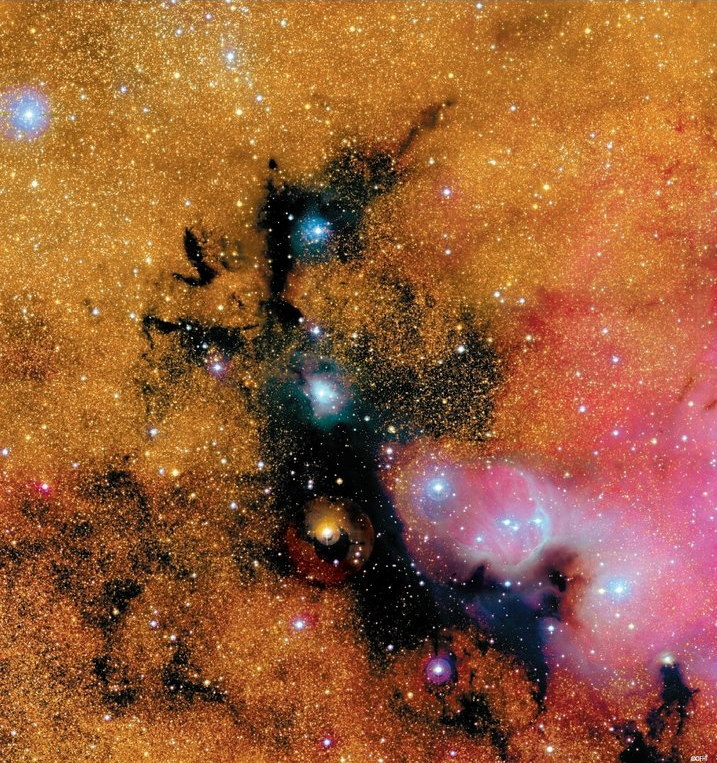
Friday, Nov. 1, 2013: The Black Dragon Nebula (IC 4678) occupies space between us and a dense spiral arm of our galaxy. The nebula, a huge complex of gas and dust, creates a distinct silhoutte as dust in the foreground blots out light from background stars. IC 4678 lies about 5,000 light years from Earth in the constellation of Sagittarius, near the well-known Trifid and Lagoon Nebulas.
— Tom Chao
Three to Get Ready
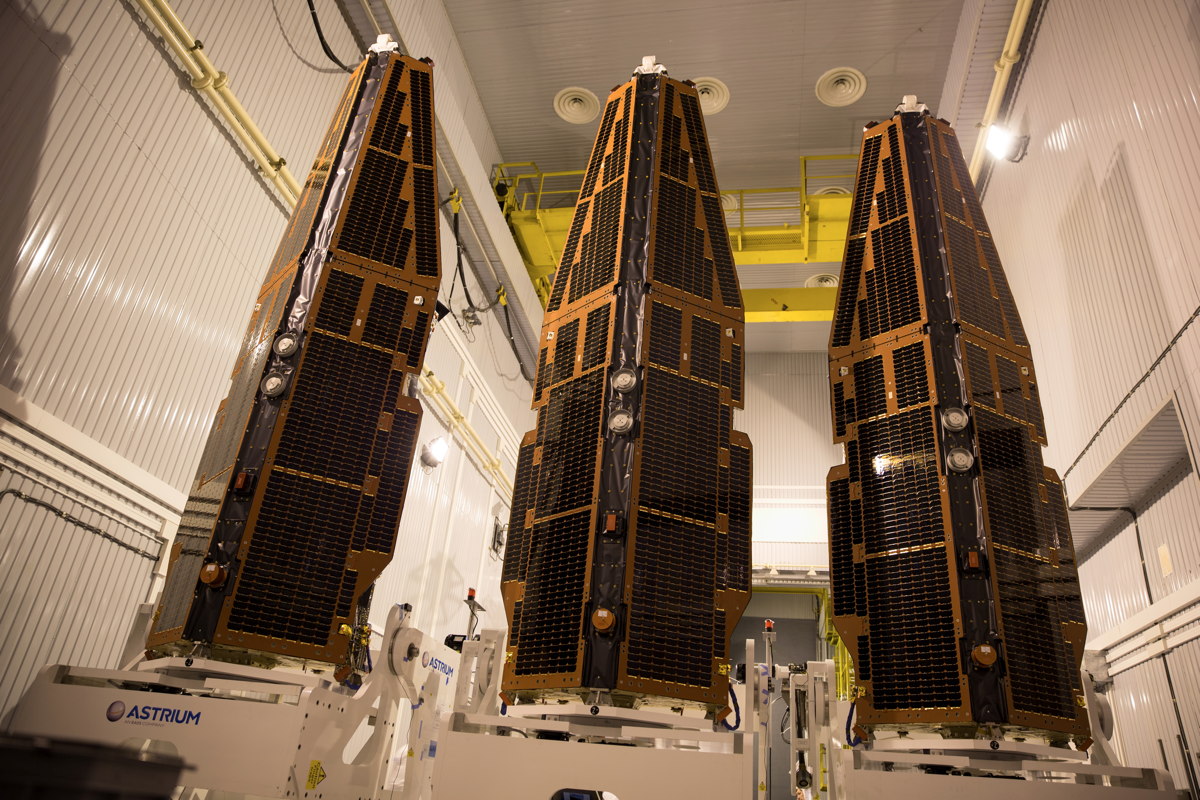
Monday, Nov. 4, 2013: Looking a bit like alien invading spacecraft, the three Swarm satellites stand ready to join the launch adapter in Plesetsk, Russia. Despite the ominous appearance, the satellite constellation has a benign purpose — to study the Earth’s magnetic field. Swarm represents the European Space Agency’s next Earth Explorer mission, following GOCE, SMOS and CryoSat. The launch will be delayed by about one week from the original date of November 14, 2013, as the mission’s launch service provider, Eurockot, decided to replace a unit in the Breeze upper stage of the Rockot launcher.
— Tom Chao
The Sun Is Eclipsed by the Moon
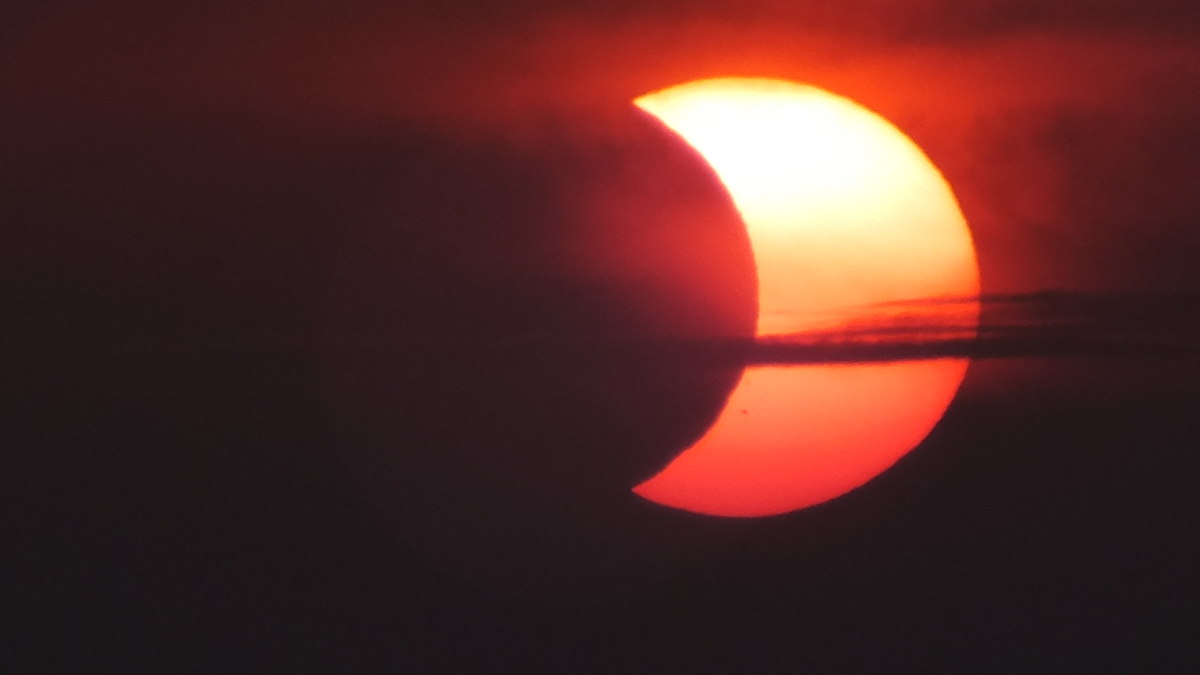
Tuesday, Nov. 5, 2013: Photographer Nafe Alamri sent in a photo of the hybrid eclipse taken from Al Qunfudhah, Saudi Arabia, at 5:29 pm local time on Nov. 3, 2013. The eclipse path ended near Al Qunfudhah, which lies on the Red Sea in southwestern Saudi Arabia. [See more images of the hybrid eclipse of 2013.]
— Tom Chao
Melancholy and Mystery of Tethys
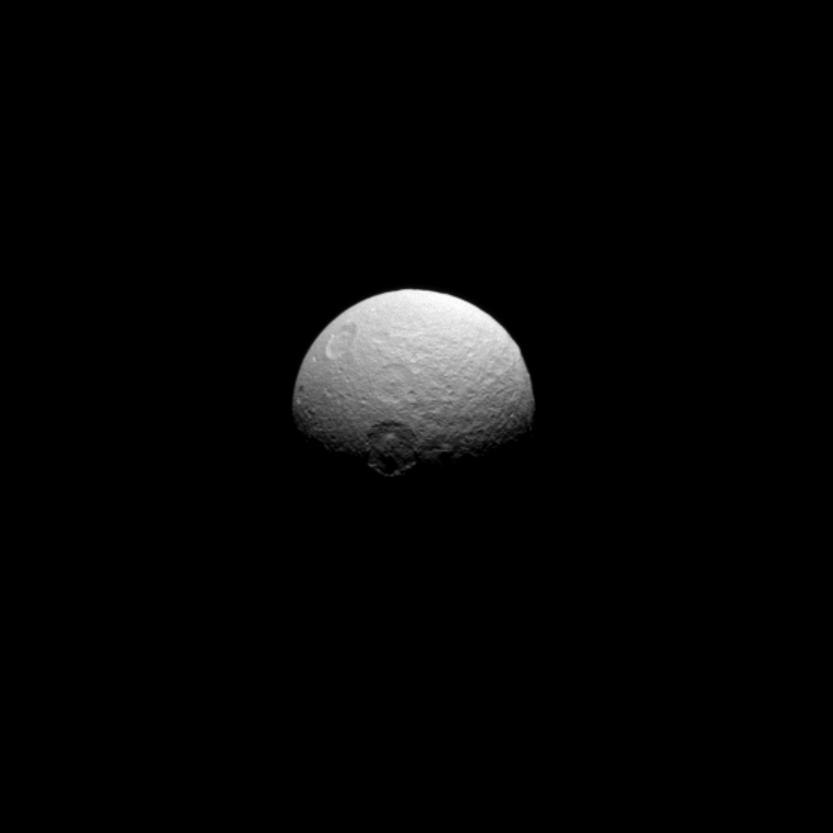
Wednesday, Nov. 6, 2013: Cassini spacecraft caught Tethys, one of Saturn’s moons, on May 16, 2013, when the moon lay at a distance of about 684,000 miles (1.1 million kilometers) from the spacecraft. Named after the Titan, Tethys, out of Greek mythology, the names of the craters visible here also refer to ancient Greece, being taken from characters in the The Iliad and The Odyssey. Penelope crater (upper left) takes its name from the wife of Greek hero Odysseus. Melanthius crater lies near center, at the day/night terminator, with Dolius crater above it. The character of Dolius served as gardener to Odysseus and Penelope, while Melanthius was one of Dolius' children.
— Tom Chao
Explosions in the Sky
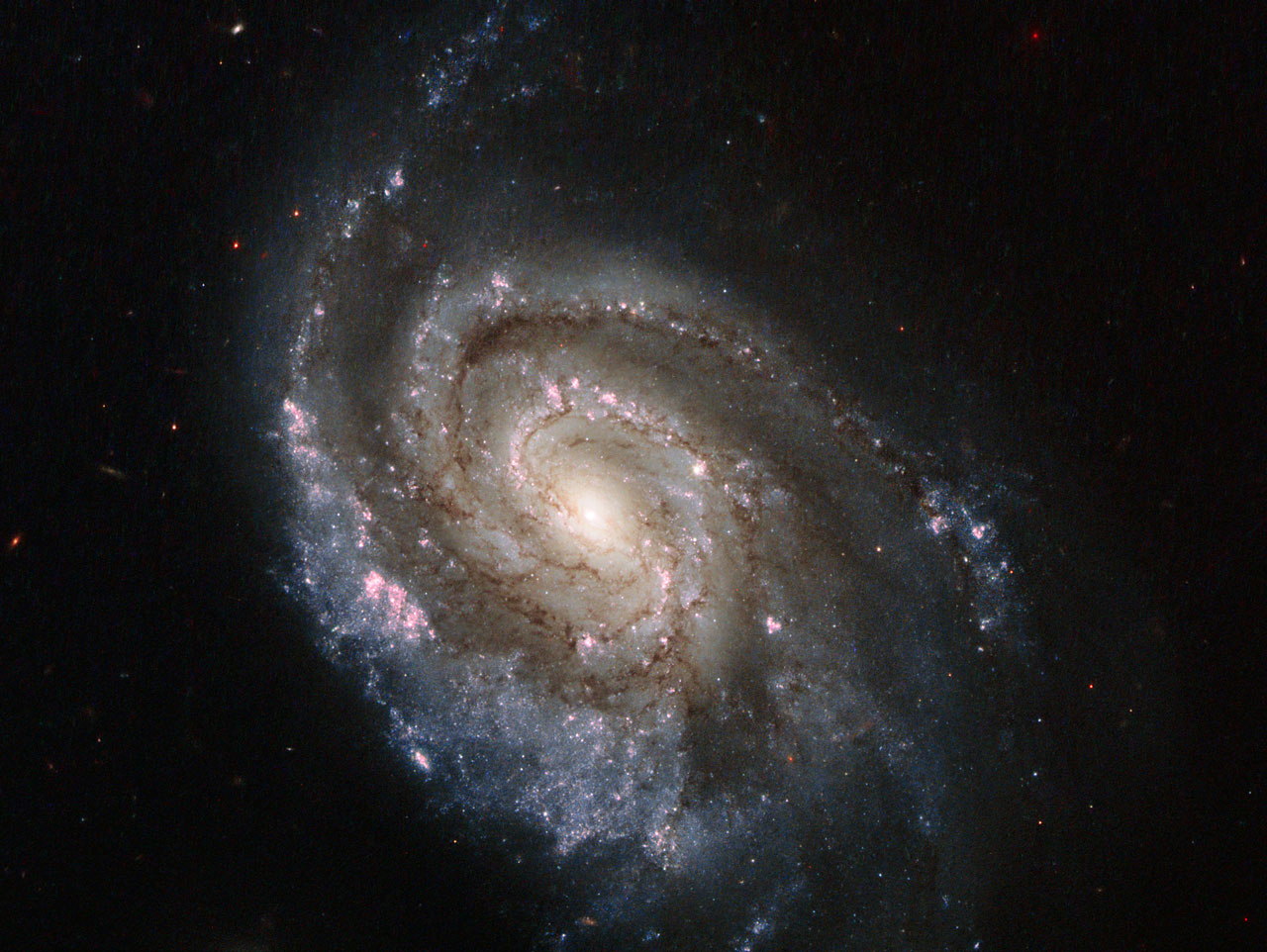
Thursday, Nov. 7, 2013: A new Hubble Space Telescope image shows spiral galaxy NGC 6984. A supernova has just appeared in this galaxy, supernova SN 2013ek, visible as the bright object just slightly above and right of the galaxy's center. Last year, NGC 6984 also hosted a supernova, SN 2012im. Astronomers classify SN 2012im as a Type Ic supernova, while the more recent SN 2013ek falls into the Type Ib category. Both of these types arise from the core collapse of massive stars that have shed or lost their outer layers of hydrogen at the ends of their lives. Hubble made the observations for the new image on August 19, 2013, with the aim of pinpointing the location of this new explosion more precisely. The two supernovas are possibly linked, but astronomers are not sure how, if at all.
— Tom Chao
Out of the Sun
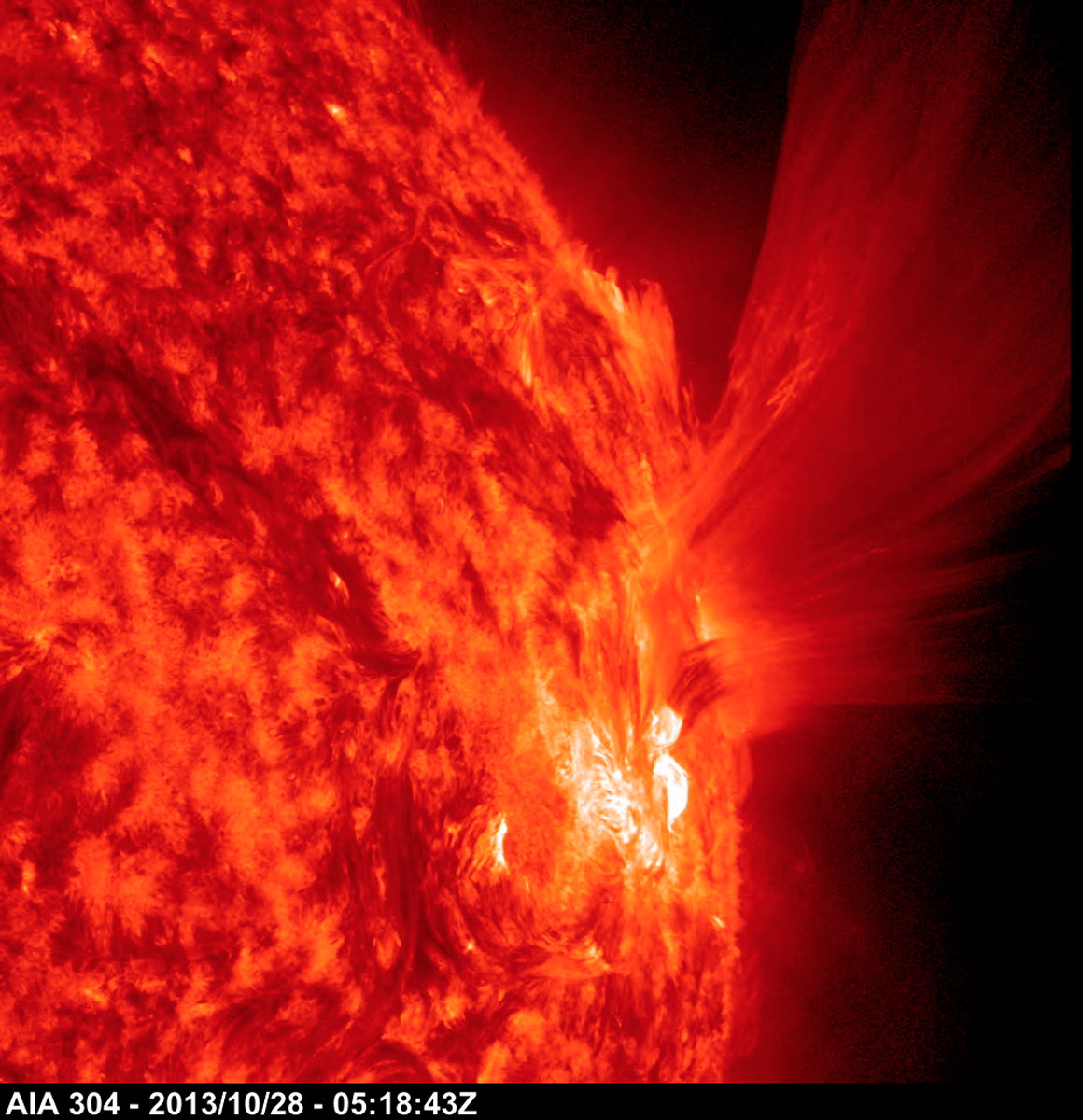
Friday, Nov. 8, 2013: A still frame from a video made by NASA’s Solar Dynamic Observatory shows a flare dramatically bursting out of the sun. A pair of active regions produced this intense action over the two days of Oct. 26-28, 2013. The sun currently approaches its maximum level of activity, and this image taken in extreme ultraviolet light suggests what the peak will look like.
— Tom Chao
Get the Space.com Newsletter
Breaking space news, the latest updates on rocket launches, skywatching events and more!
The Prairie Sky Is Wide and High
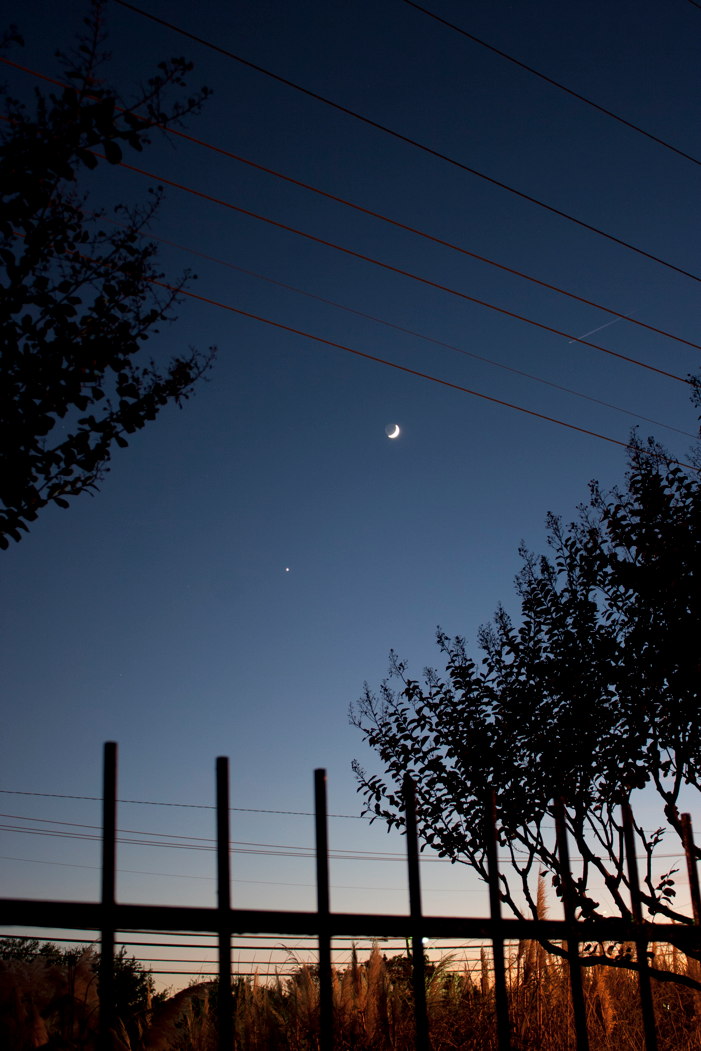
Monday, Nov. 11, 2013: Sky watcher Mickey Welsh sent in a photo of the moon and Venus taken in Irving, TX, on Nov. 6, 2013. He notes in an e-mail to SPACE.com that he did not notice the meteor streaking through the frame until he downloaded the photo onto his computer. Irving lies outside Dallas, TX, and housed the former Texas Stadium where the Dallas Cowboys football team used to play before moving to AT&T Stadium in 2009.
— Tom Chao
Arc in the Sky
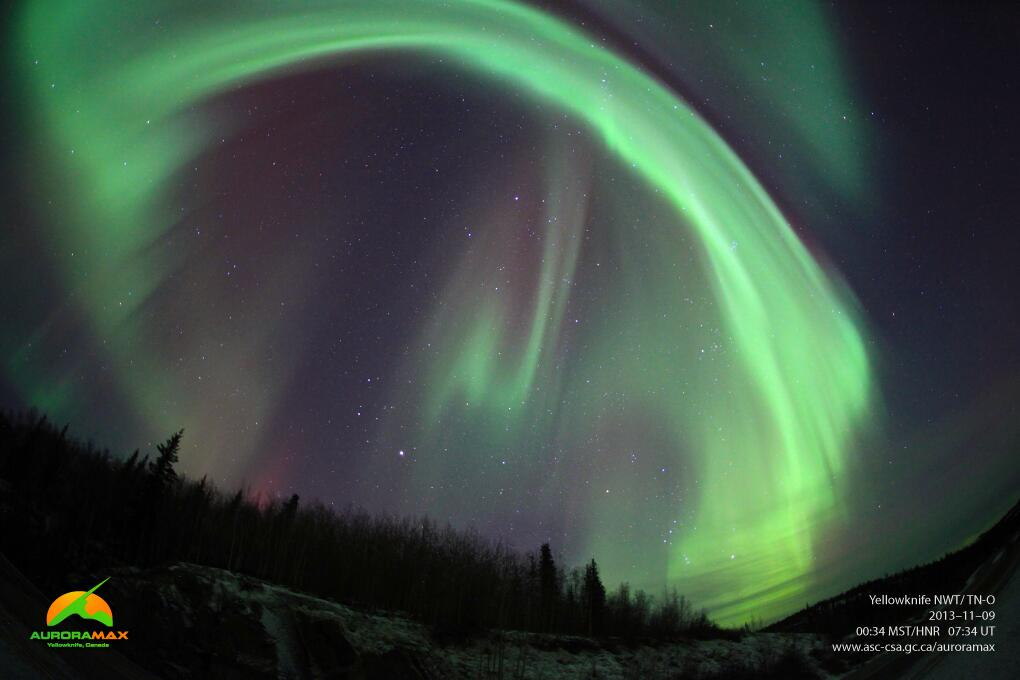
Tuesday, Nov. 12, 2013: Canada's automated aurora camera tweeted this photo on Nov. 9, 2013. The tweet read: "Latest #photo of #aurora borealis above #Yellowknife, NWT taken at 00:34 MST on November 9, 2013. pic.twitter.com/JvTkRCZW4r" [For more photos of auroras, please see Northern Lights: Amazing Aurora Photos of 2013.]
— Tom Chao
The Clearest View
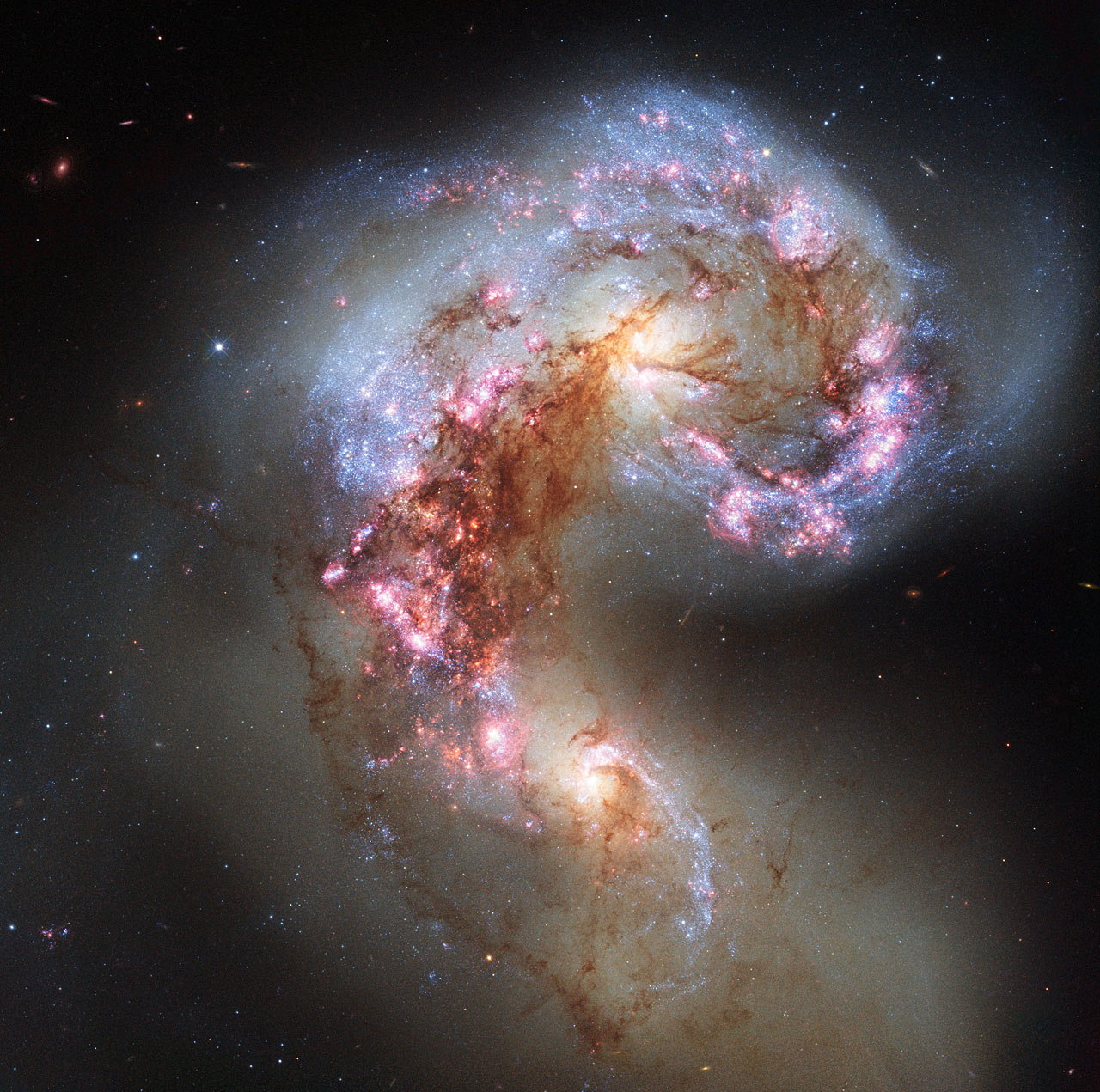
Wednesday, Nov. 13, 2013: Hubble Space Telescope has produced the best image of the Antennae Galaxies, following its earlier photos from 1997 and 2006. Improvements made during the servicing missions allowed this achievement to occur. Two formerly spiral galaxies, NGC 4038 and NGC 4039, have torn at each other gravitationally for the past few hundred million years, pulling stars from each other into a streaming arc between them. Eventually they will form one large elliptical galaxy. The galaxies derive their names from features not visible in this image—far-flung stars and gas streamers stretching out into long antenna-like structures. [See more Hubble Space Telescope images.]
— Tom Chao
The Brightest Stars

Thursday, Nov. 14, 2013: The Carina Nebula glows in the sky above Chajnantor Plateau, in the Chilean Andes. In the foreground, shadowy figures of antennas of the Atacama Large Millimeter/submillimeter Array (ALMA) stand. Carina Nebula lies about 7500 light-years from Earth in the constellation of Carina (The Keel). The cloud of glowing gas and dust represents the one of brightest nebulas in the sky. It contains several of the Milky Way’s brightest and most massive known stars, such as Eta Carinae. ESO Photo Ambassador Babak Tafreshi captured this panoramic view. [See our gallery of strange-shaped nebulas.]
— Tom Chao
Join our Space Forums to keep talking space on the latest missions, night sky and more! And if you have a news tip, correction or comment, let us know at: community@space.com.










